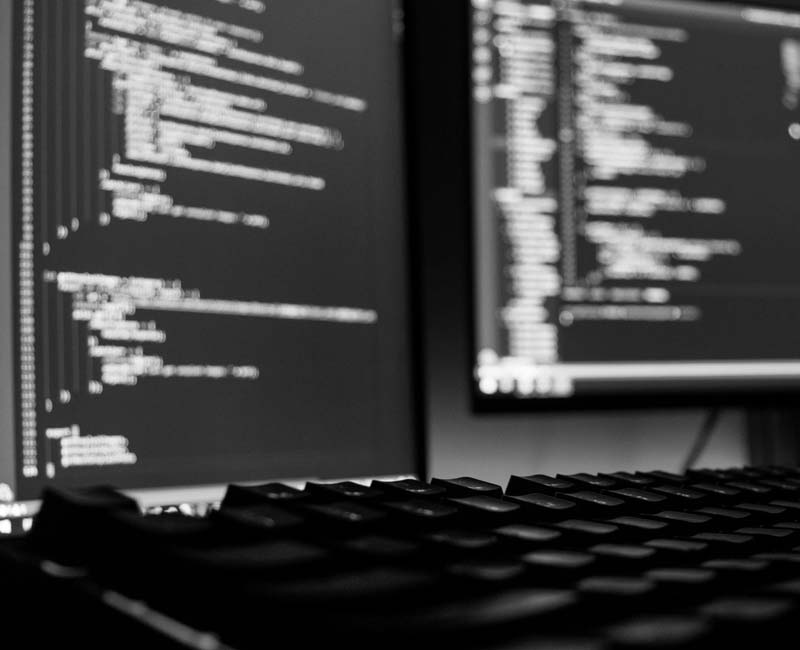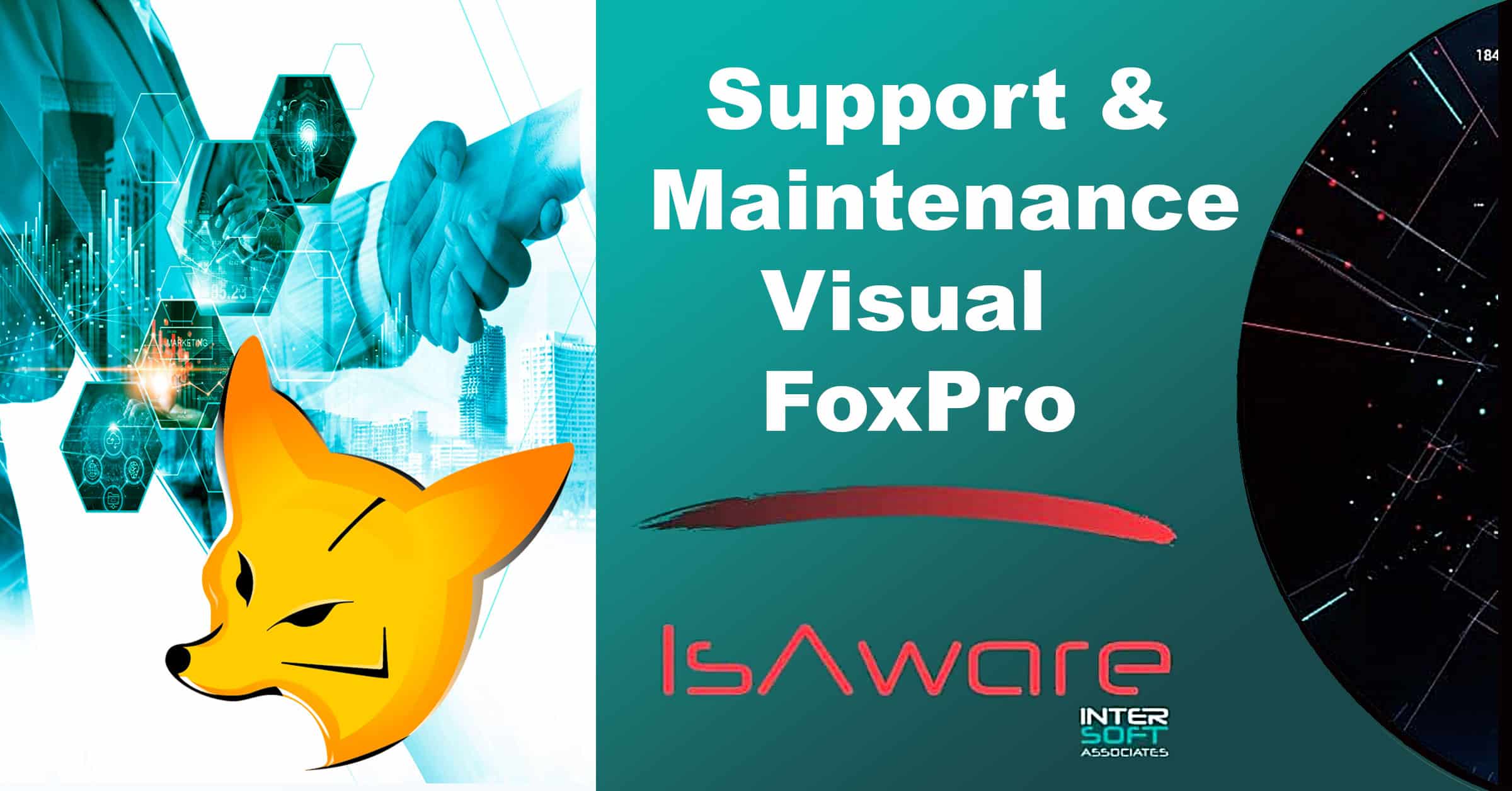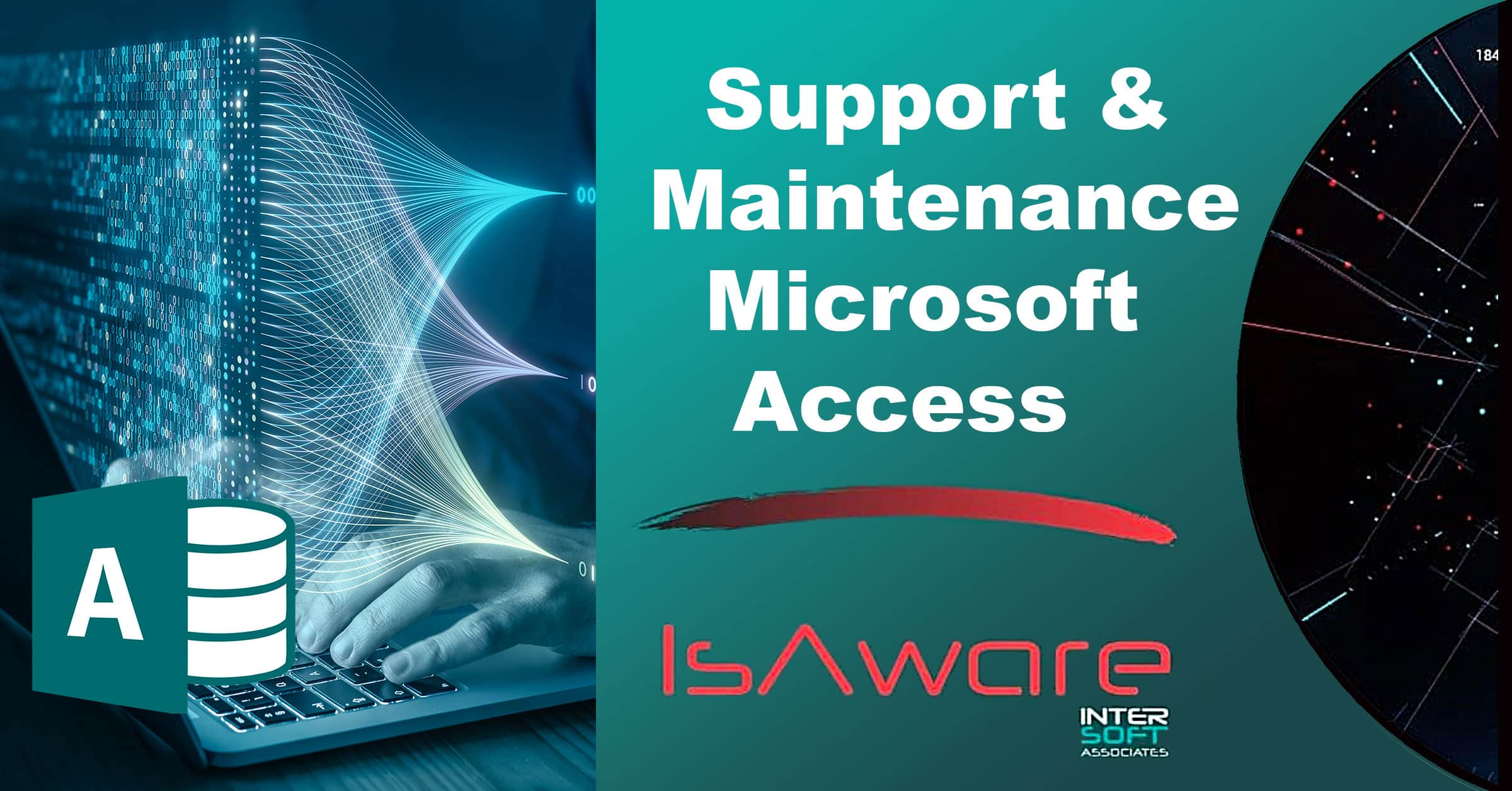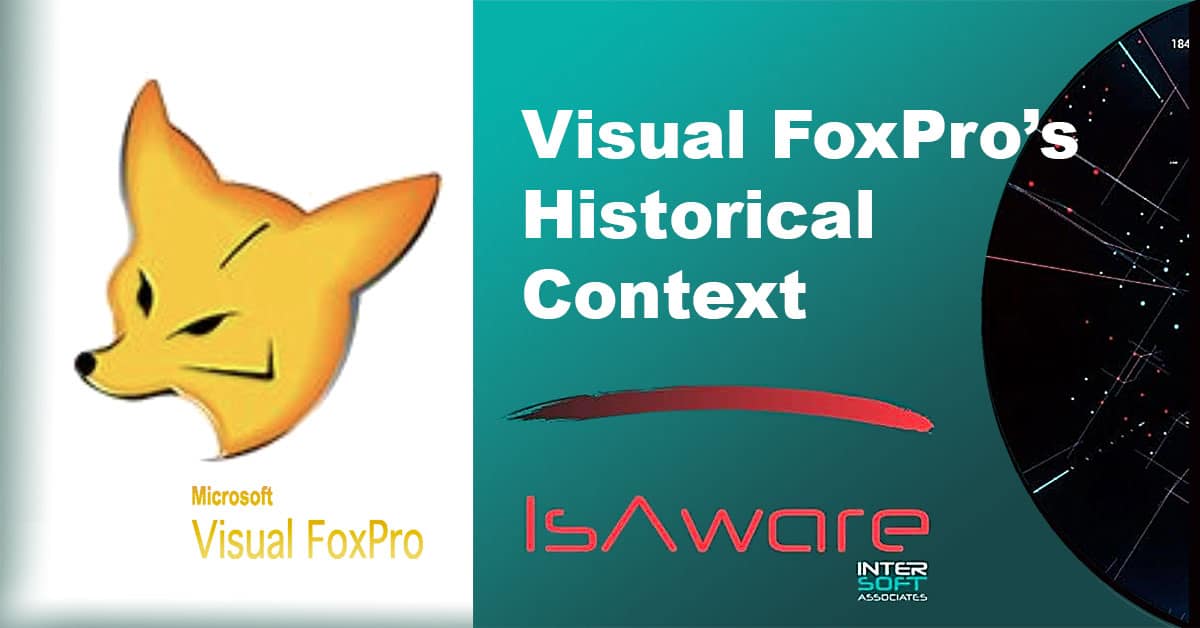Legacy System
Modernization
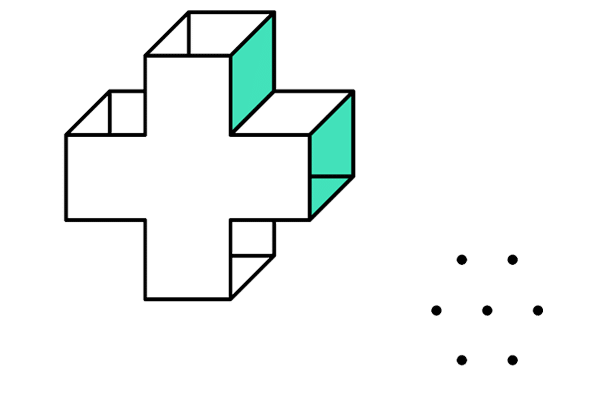
What Got You Here Might Not Get You There.
Legacy software is any software that is still in use because it satisfies a particular business need, even though there are more technologically advanced standards in place.
As technology continues to evolve, business practices must take advantage of the shift. When a business is thriving and expanding or hopes to gain that competitive advantage over others, it is essential to bridge the gap between the growth of your organization and any outdated technology system.
We've done it so you don't have to.
We’ve been serving Long Island, New York City and the Tri-State area for more than 30 years. Long enough to be developing today’s legacy systems back when they were cutting edge. This gives us a unique understanding of these older, legacy systems.
Whether you are maintaining a legacy software system or need assistance in porting them to a new environment to address evolving business needs, our expert methodology to analyze and reverse-engineer legacy platforms to more advanced and robust systems can help you operate more effectively, enhance productivity, streamline workflow processes, and maximize revenue.
Legacy System Modernization
Just as the name implies, Legacy Software is software or a software system that has been around for many years, making it an outdated hardware and software combination unable to keep up with modern technological advancements. That’s where modernization comes into play.
Those still employing Legacy Systems may find themselves vulnerable to cyber attacks, malware and hacks alongside the inability to accommodate a variety of newer applications and services. Legacy System Modernization is something that should be implemented to combat the software’s age and incapabilities so that it can withstand the changing times and keep businesses running smoothly.
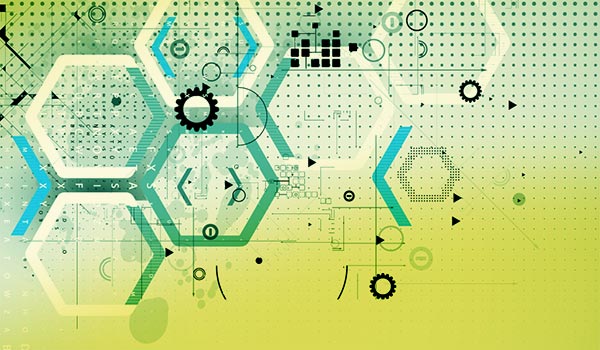
However, there’s more to Legacy System Modernization than meets the eye. For example, what exactly does the term modernization mean, how do you go about implementing Legacy Software Modernization, and how will you benefit?
What Does Legacy System Modernization Mean?
Ultimately, Legacy System Modernization means upgrading a dated, or Legacy system to current technological advancements, making it equipped to handle data during modern times so that it works better, faster, and more efficiently while also bolstering security.
A Legacy System that operates with a dated Windows, Java, or Internet Explorer program won’t receive necessary updates, especially concerning security. Because these systems operate on dated information, they may operate slowly, cannot access new programs, and open themselves to potential cybercrime risks.
For example, in the recent year, because of COVID-19’s impact on job loss, many states’ unemployment systems crashed due to the influx of participants accessing them and the Legacy Software they relied on.
As a result, millions of unemployed individuals were unable to sign-up for unemployment. If the states had modernized their Legacy Systems, in this context, the platforms would have likely easily handled the massive participant influx. This resulted in an extremely poor customer experience for people who really counted on it.
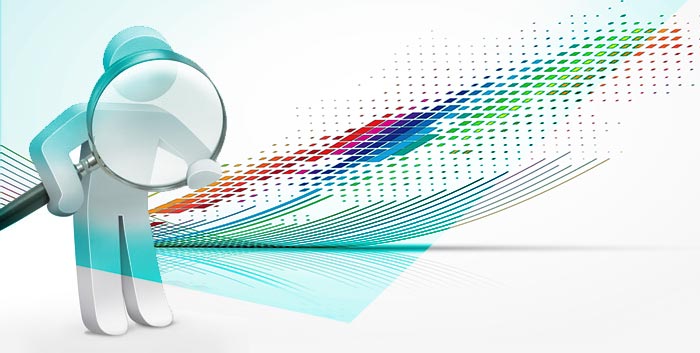
Any modernization approach should include a full evaluation of any existing Legacy Systems that are still in use and what needs to change to make it up to modern technology standards. Additionally, modernization should include an audit of how older applications may no longer meet the needs of the organization.
How Do you Know when you Need to Upgrade?
There are many different ways to assess your need for Legacy Software Modernization. The initial steps you should take when considering modernization are to look at your existing software platform and consider your users, business departments or company as a whole.
Evaluating Existing Software
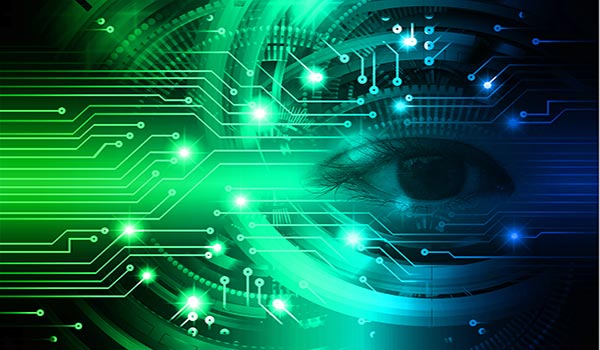
It would be best if you completed a full assessment of your existing software and ask yourself the following questions:
- Is the software still supported?
- Does the software still have full functionality and efficiency?
- Does the Legacy Software interface with other technology and components that the enterprise uses?
If, after your evaluation, you answered no to any of these questions, you probably need to modernize your legacy applications because your system cannot function at advanced levels.
Evaluating Your Business
f you need further details into whether or not modernization is a project investment you need to make, you should ask yourself the following questions about your business or company:

- What are your business goals?
- How have your business processes changed?
- How have your business goals evolved?
- Does your business have complex needs?
- Does your software properly support your business today?
- Does your company have software scalability issues?
While these questions allow for more open-ended thinking, they still yield similar results to the software questions. If your business has evolved, plans to implement changes for growth, and requires more complex solutions and capabilities, you will need modernized software and innovation to accommodate your needs.
Approaches to Legacy System Modernization

Modernization encompasses a range of methods that depend on you and your business goals. These methods include the following:
- Upgrade existing technology.
- Add new software and tools that are equipped to handle your business goals and evolution.
- Rewrite existing code to replace legacy code.
- Move your business from one platform to the proper platform.
- Implement a development platform that creates a different environment for your data and databases, such as a Cloud infrastructure or browser.
- Employ machine learning–an artificial intelligence application–that automatically keeps the software up-to-date with changes to enhance the user experience.
- Encapsulation (bundling data and keeping it stored elsewhere), such as with a cloud based system.
Whenever addressing legacy modernization, the ideal adoption, upgrade and integration should include some semblance of reimagination. Reimagining legacy transformation, should encompass capturing data and re-working it to form patterns and organizations to benefit you and your business.
Our Approach to Legacy Application Modernization
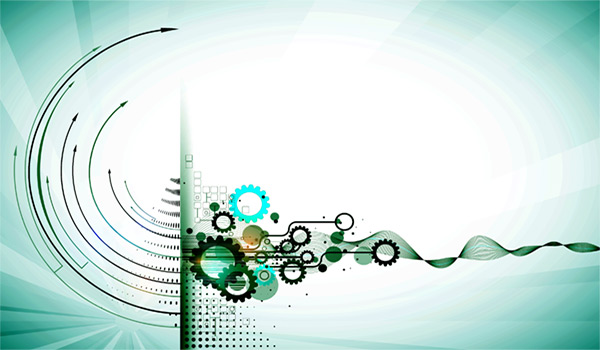
We take an initial analytical and holistic approach to determine the main reasons and best proceedings before recommending a software platform digital transformation. We consider the modernization cost, the ROI, effort and risk before eventually evaluating other benefits. Ultimately, our attack plan involves transforming your existing software into a solution that is equipped to work within the proper platform and environment for you.
For all of our modernization processes, we focus on three essential steps to formulate an upgrade plan:
- Get a thorough understanding of the business goals and current processes.
- Investigate all touchpoints within your organization or team that can help to maximize the benefits of software modernization at little additional cost and minimum resources – yielding tremendous benefits to your top and bottom lines.
- Recognize what factors and aspects are a problem and need modernization.
- Develop the task of creating a comprehensive modernization implementation plan.
Our initial steps are essential to reach step four. We need to understand your entire business and stakeholders in order to identify all potential opportunities. Plus, we need to know what aspects of your existing system architecture needs revamping, as well as the complexity, benefits and expected ROI before developing an appropriate modernization plan.
For example, if your business goal is to accommodate a large consumer-base, we can formulate a specific method to accommodate and exceed customer expectations with great agility.
Client Example: Maidenbaum Property Tax Reduction Group
In Maidenbaum Property Tax Reduction Group’s case, the company worked with dated software, making them rank lower within the industry’s busy marketplace.
The company needed to change its processes to keep up with the changing market and ultimately grow. More specifically, Maidenbaum Property Tax Reduction Group wanted to develop and implement its own software.
We first met with Maidenbaum Property Tax Reduction Group to evaluate their existing software and understand their business-critical platform before outlining the teams necessary strategy to bolster growth. To determine the best software needed, we had to research their problems and challenges, and determine which software would yield results and sustain a strong foundation for the company in the long run in order to maintain an edge over the competition.
To benefit Maidenbaum Property Tax Reduction Group the most, we developed a high-quality marketing module complete with custom software to account for all of the company’s unique needs. From there, we said goodbye to their legacy system and hello to new, upgraded software complete with documentation.
Since the Legacy System Modernization, Maidenbaum Property Tax Reduction Group has risen to number one among the competitors within their industry, serving more than 75,000 clients and increasing their performance by more than 10X. They are now almost 3X larger than their nearest competitor.
Benefits of Legacy Software Modernization
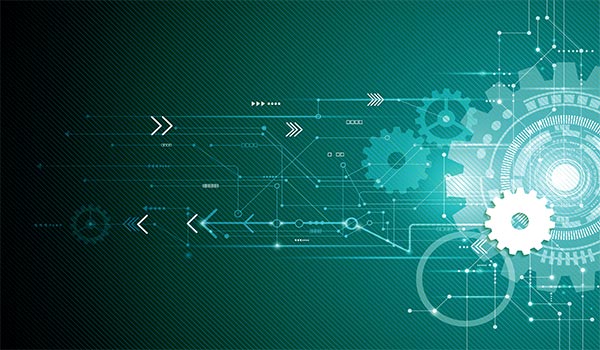
Legacy System Modernization yields many benefits, mostly because without an upgrade, the software code structure becomes obsolete and incapable of handling modern applications and software security updates. Therefore, modernizing your legacy technology will result in lower security risk, error risk, low-speed, and cost reductions. We will help your business maintain control over software systems with a variety of modernization options.
For example, in 2015, the National Background Information Bureau run by the US government suffered a massive hack because of its legacy technology. The critical systems’ out-of-date software left the company vulnerable to cyber-attacks and errors, allowing a hack to occur. The leak led to Legacy Software Modernization, which involved a comprehensive replatform implementation, so that the software could withstand any potential risks from that point forward.
Since modernization does not need to rewrite or rebuild fundamental logic or algorithms in place, the upgrade yields a decrease in Quality Assurance costs. Similarly, since modernization can update existing code rather than rewrite it, you will see a reduction in cost concerning developmental needs.
Modernization strategies concerning code may involve code refactoring. This method allows developers to decompile existing code and compile it into a binary format. Binary code optimizes the system and makes it run faster. In other words, the system will run faster, whereas a system that isn’t modernized will run at a sluggish pace.
The most important impact of legacy software staying in use is security vulnerabilities. If your company is running mission-critical operations with any of these systems or platforms, give us a call to discuss any possible projects.
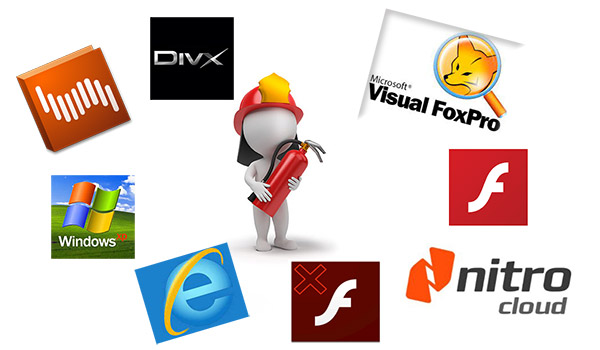
- Windows XP
- FoxPro and Visual FoxPro (VFP)
- Java (6,7)
- APIs (API updates)
- Nitro Pro
- WinZip
- GOM Media Player
- Flash Player (Active X)
- DivX
- Obsolete Drivers
- Adobe Shockwave Player
- Outdated Apps
- Internet Explorer 11 and older versions
Final Thoughts
There are no benefits to running on a dated Legacy System. Investing in Legacy System Modernization and software replacement will allow your business to flourish just as it did for cases such as the Maidenbaum Property Tax Reduction Group. Implementing a strong modernization project will equip your system with the necessary software design and updates to handle current IE and browsers while simultaneously reducing risks and costs, meeting requirements and increasing the business value.
Since technology drastically changes every year, now is the time to optimize your systems’ application architecture and bolster your business attributes as many other successful companies and enterprises have already done. A strong modernization strategy to update legacy code is crucial to the success of your business.
More on Software Modernization
gartner.com/smarterwithgartner/7-options-to-modernize-legacy-systems
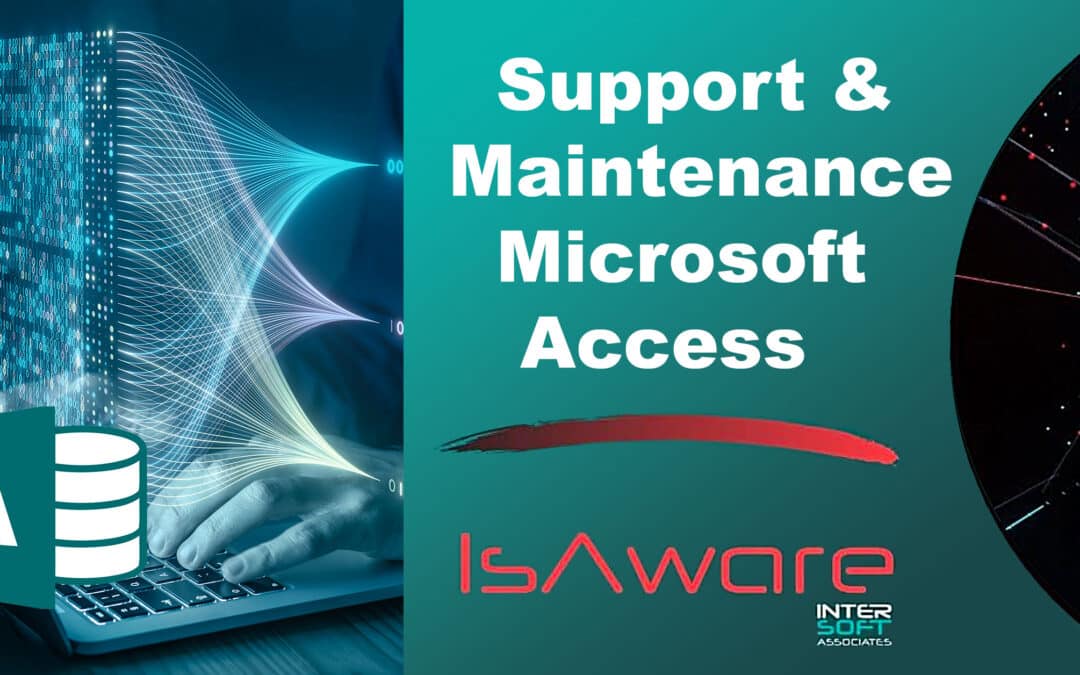
Microsoft Access Support : MS Access Maintenance
Empowering Organizations with Best Practices for Microsoft Access Support and Maintenance At InterSoft Associates, we...

Visual Foxpro’s Historical Context : From Popularity To Eventual Obsolescence
If you are a business and company still wedded to using systems and software designed around Visual FoxPro and are...
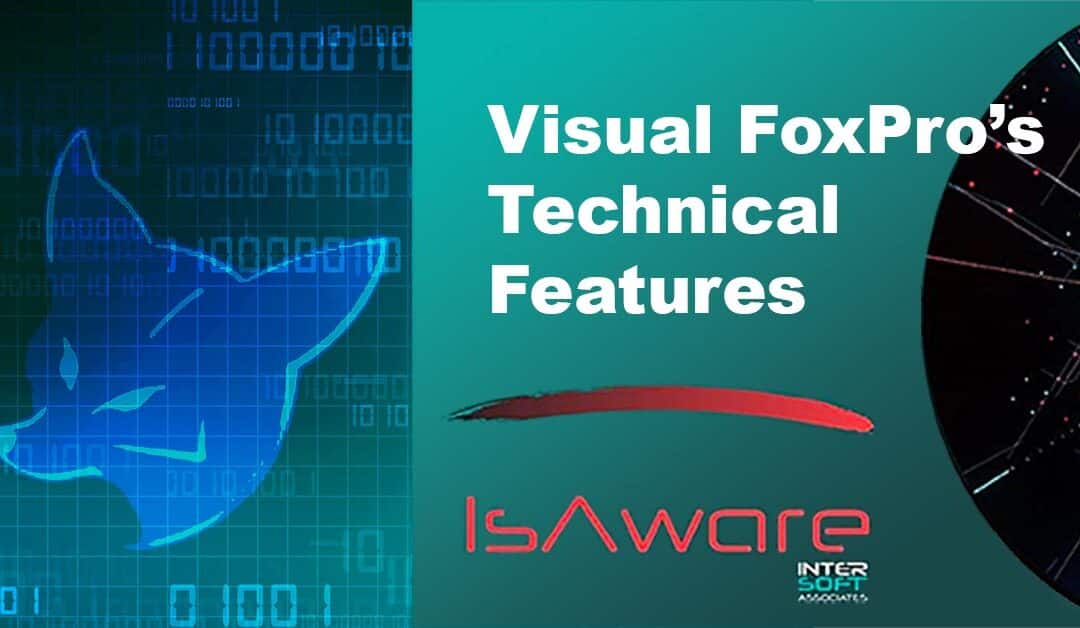
Visual FoxPro’s Advanced Technical Features Included Complex Data Processing
Visual FoxPro's Technical Features Visual FoxPro, developed by Microsoft, has been a notable figure in the world of...


